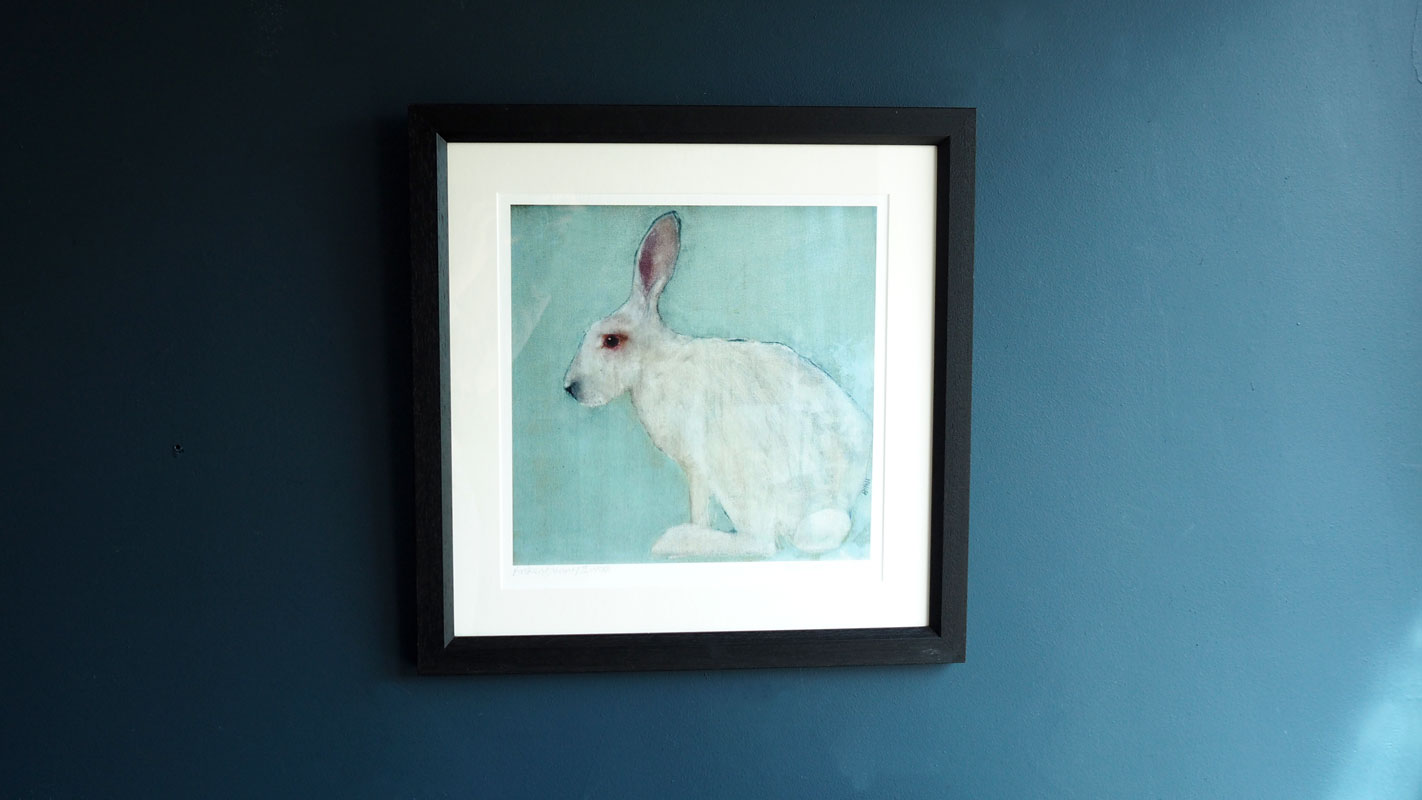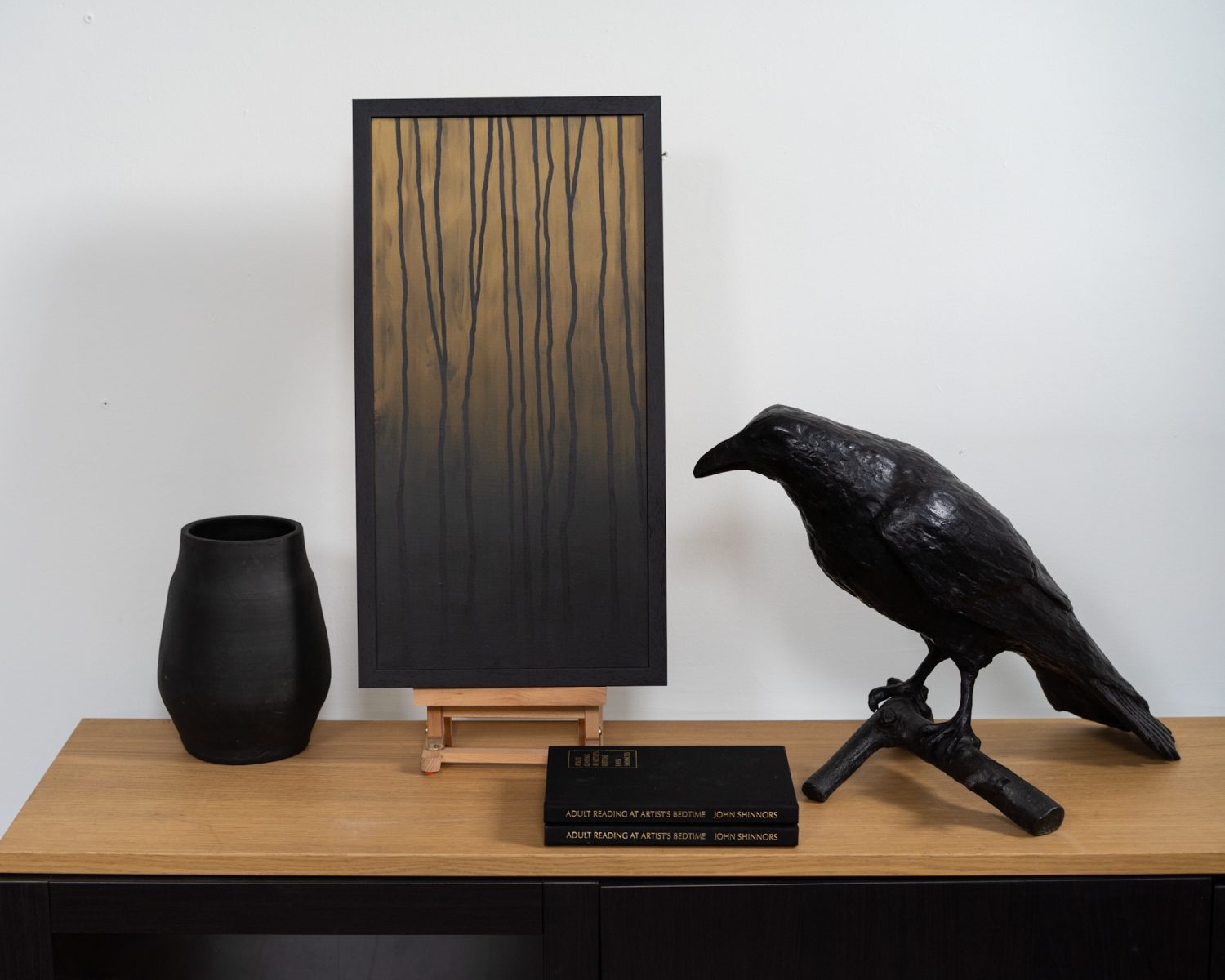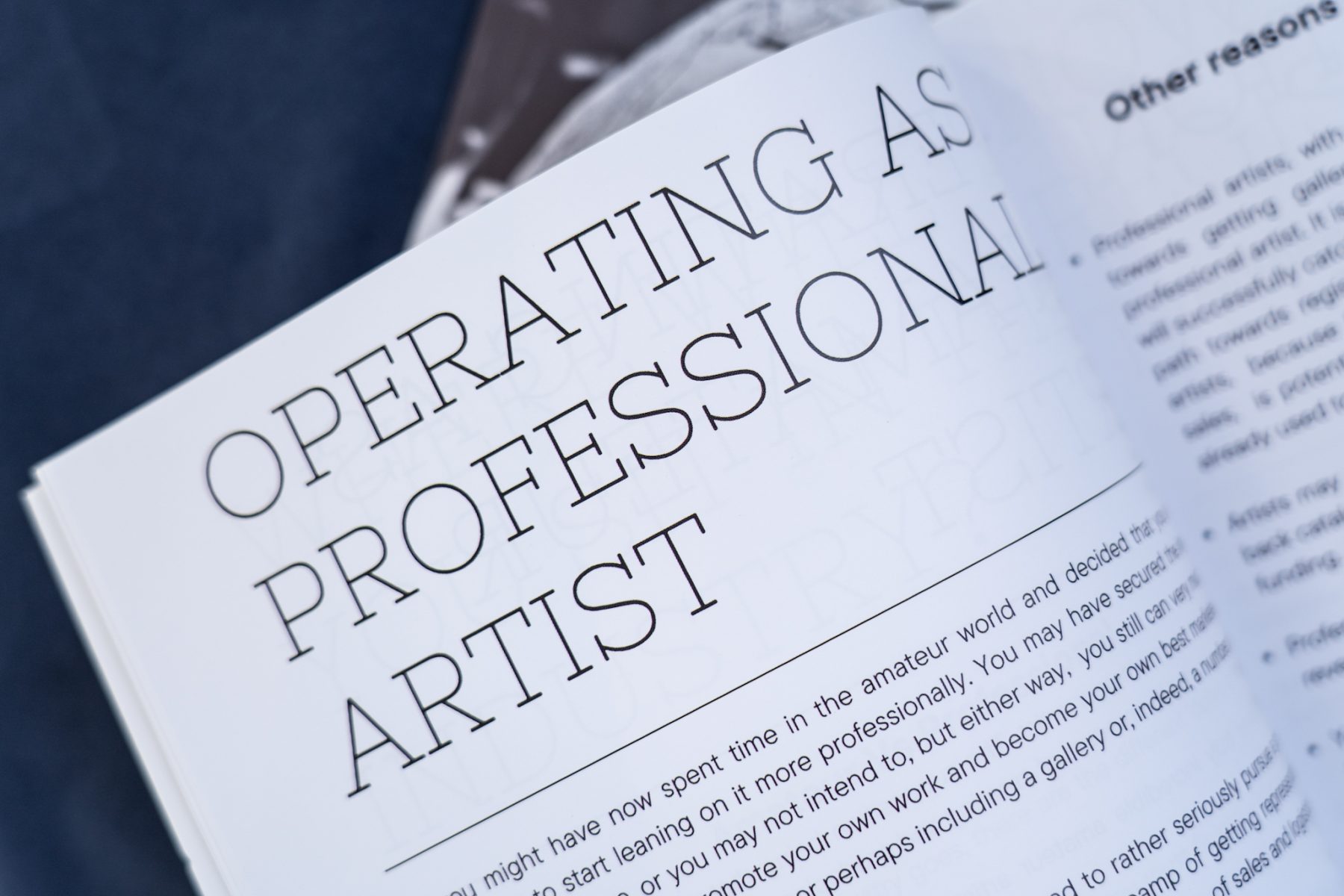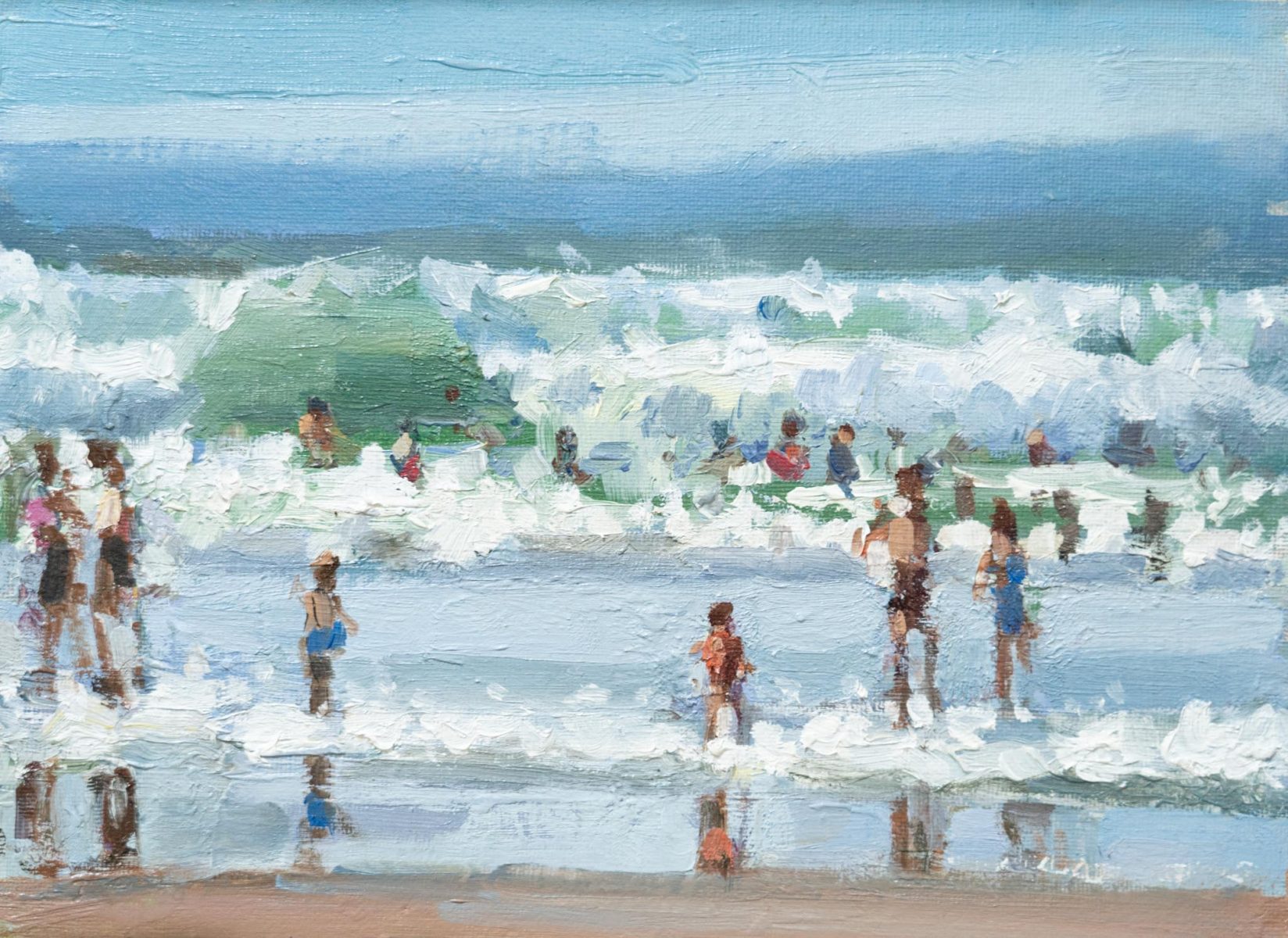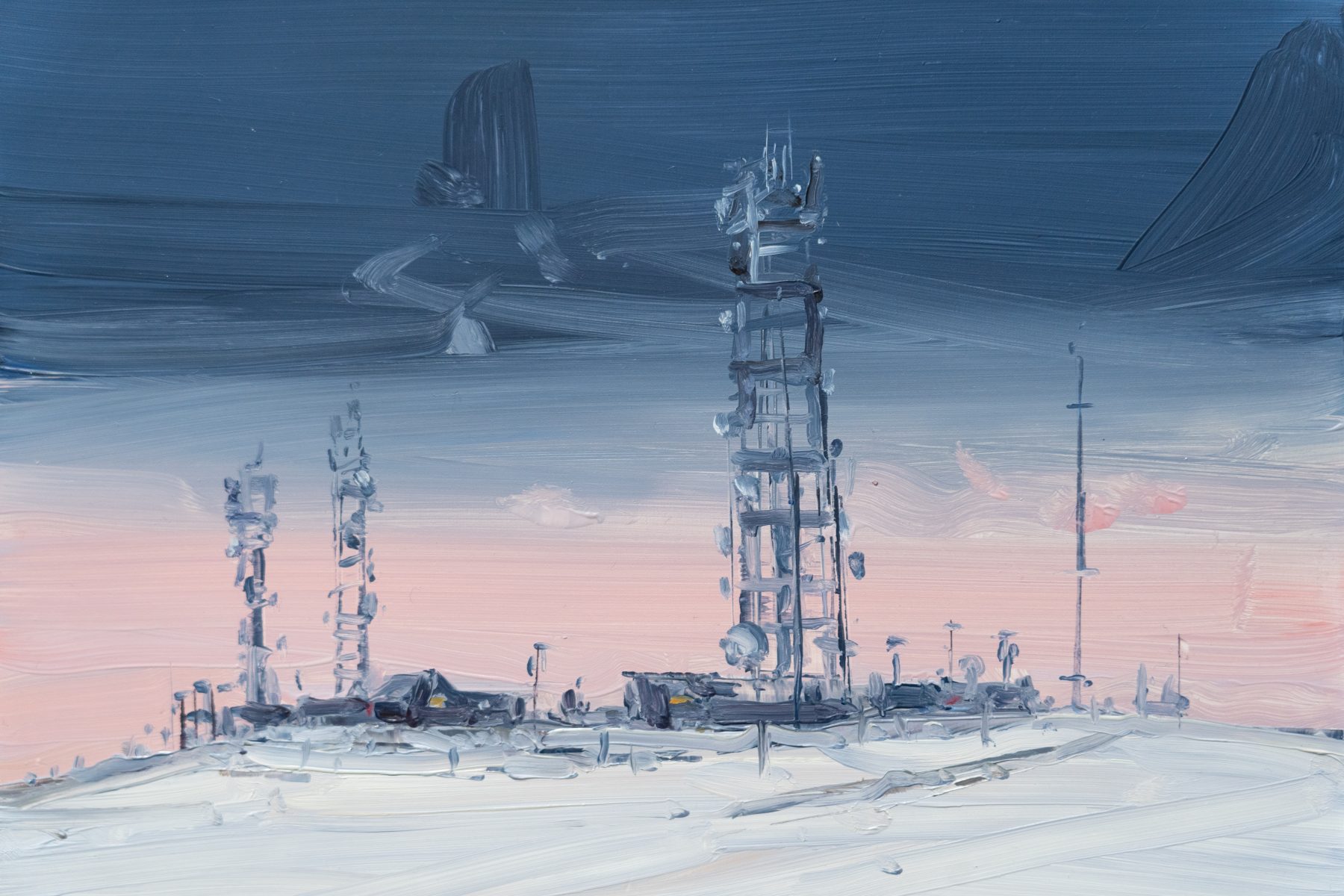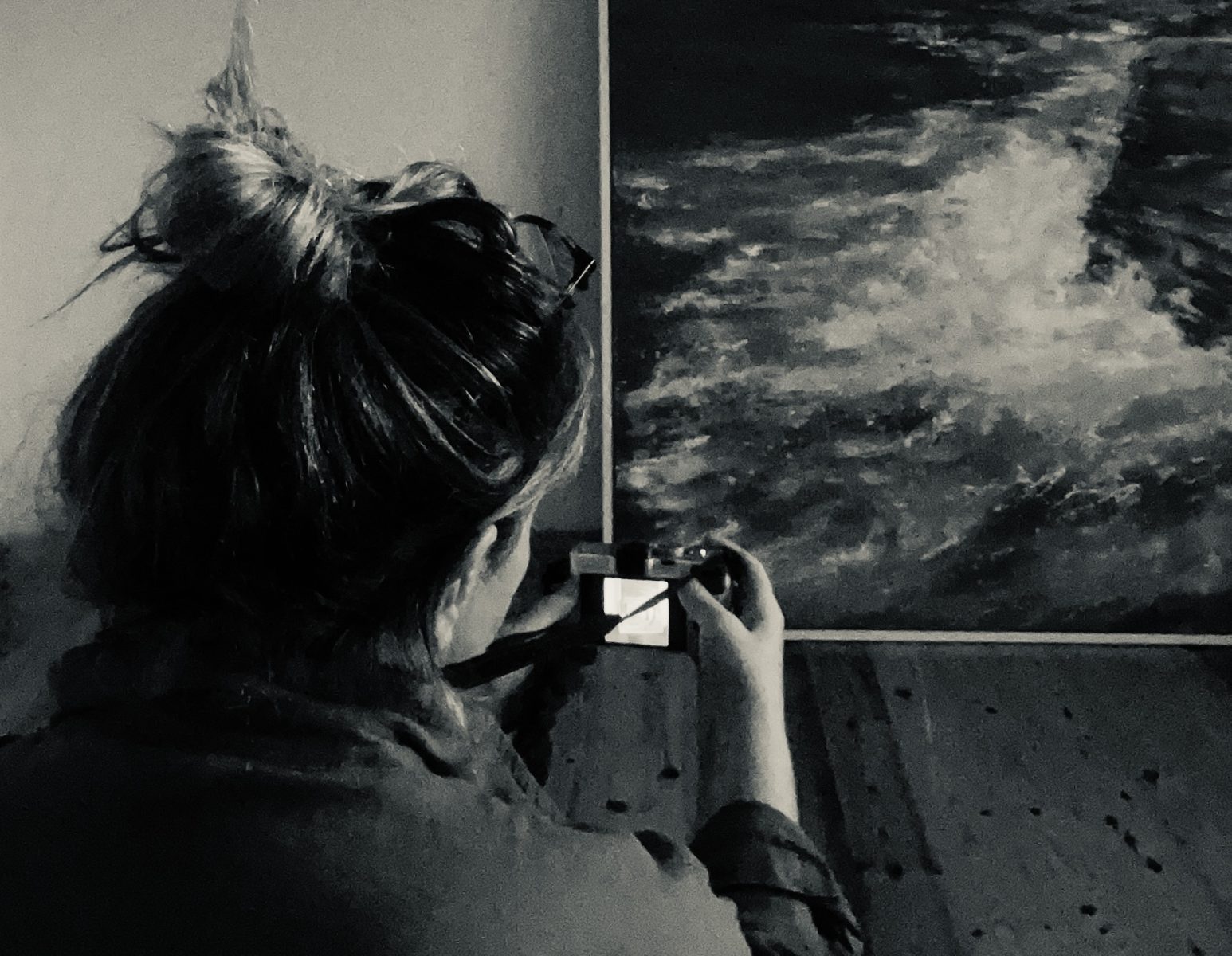Let’s talk about PRINTS
Prints, in the art world, are a delicate balance.
Are they a good thing? Yes, they really can be.
Is there a time when they are a bad thing? Yes, if it hurts the artist’s main body of work.
Do collectors take prints seriously? Oh Yes, in some cases, they absolutely do.
As a way of partaking in the art world, celebrating the work of someone we really admire or just because we want to brighten up a space, we all really do appreciate and love prints. But there are different types of prints and different values attached to them.
Let’s explore it a little.
Essentially, original art is to visually please. It is also an important means of communicating messages; it portrays, it documents, it records, it politicises, it challenges us and it often also poses as a solid investment financially, but, ultimately, it is still, to visually please and the advice is always to love something before you buy it. But if your interest goes beyond just the visual into collectability, exclusivity, and financial investment, then you need to be a bit more selective about both the original art and the prints you buy – and we will explain how.
True purists of the art world might not always be keen on prints, because, I guess, in a manner of means, it takes from the object of the exercise, which is to produce an original, once off piece of work; a masterpiece, if you will. Many artists do not produce prints of their work, in order, to maintain the works exclusivity and in turn, its intrinsic monetary value. In doing so, they are staying true to the traditional values of original art and what it stands for. From a financial perspective, an original piece of art, of which there have been no prints made at all, will, most likely, hold its value or even rise in value. From a collectors’ perspective, an original piece, with no official prints, is obviously unique and therefore extra special.
What? But aren’t many of the world’s most famous masterpieces reproduced, re-printed and mass produced over the years, I hear you say. Yes, it’s true. Really famous paintings have become so very well known, simply because they are reprinted so often. There is a sort of ‘tipping point’, for when this kind of thing happens – and sometimes it will happen with a licence to do so, and unfortunately, many times without. If a high volume of people, are rushing to get their hands on prints of a particular work, it can be a great sign of the artists popularity and work really well in their favour. It can also be a double-edged sword and unfortunately, can mean that the artist falls victim to many types of copyright infringement, and the original work can sometimes lose value as a result.
It clearly hasn’t affected the value of work by extremely famous artists who have gone before us, like van Gogh or da Vinci for instance – but those works are extreme examples, priced out of most normal markets anyway and at that end of the scale, what goes on at our end, is rather unlikely to impact it.
At this juncture, it’s probably very important to note that copying a print because you like it, or worse still, using it for commercial gain (maybe on items or objects for sale) without a contract to do so, is a big, fat NO. Copying or printing anyone’s work without their prior knowledge or permission is illegal – so, definitely, don’t do that. It also goes to de-valuing their offering.
So what prints are good then?
I guess its best to outline the different types of prints available.
A – Open Edition Prints
B – Limited Edition Prints
C – Art Posters (both open and limited editions)
D –Mass-produced images
Open Edition Art Prints: (visually beautiful, but not necessarily collectable)
Some artists will choose to produce an ‘open’ run of prints (with no restriction on the amount) and continuously sell print after print of that work – often at a lower price – and that is their choice to do so. These are not numbered and so are called ‘Open Edition Prints’ or might even be referred to as ‘mass produced’, though this is not always the case. The artist is opting to run the risk of devaluing the original painting or image, over the more instant gratification of immediate sales, which is entirely their choice to do.
This is a less expensive way to buy prints. Once totally sanctioned by the artist, this is a perfectly acceptable way to buy prints that you love, if the sole aim is to visually please or fill a space. If, however, you are looking for something with a collectability factor, then it is fair to say, that open edition prints will not have this exclusive element.
Limited Edition Fine Art Prints: (can be very collectable, particularly the more limited the edition)
Artists who do prints of their work with the main objective of retaining the works intrinsic value while also allowing fans to access that image, will do so by limiting the number of prints ever made available. This is called a Limited-Edition range. In this case, the artist will decide on a specific number of prints and number each one accordingly. If there are 50 prints in the range, each print will be numbered 1/50, 2/50 3/50 and so on. The smaller the print range (and thus the more exclusive the range will be) the higher the price the artist can ask per image and the more collectable the print ultimately becomes.
Artists who do limited runs will often add further little elements of exclusivity to the print by perhaps individually signing and hand finishing each one. In many years to come, those actions might serve to make the print even more collectable and valuable.
Art Posters – both open and limited editions:
Art Posters are a different type of print – the physical differences are obvious, they are on poster paper, they are normally larger than A3 (often as big as 24 x 36 inches or more) and they are generally mass produced (or open edition). However, art posters (particularly those that are limited in number) can often become quite collectable items. This is especially seen in old movie posters, cinema posters, exhibition posters, gallery posters and so on which often turn up in auctions down the line.
Art Posters are a brilliant, statement making way, to fill tricky spaces – office walls, dens, music rooms, long corridors and even bathrooms. They are also a funky and interesting talking point in many ways.
If you are buying an Art Poster, buy it because you love it – but remember it would be even better if there were some ways of authenticating its exclusivity (i.e. a numbered edition, date stamped or authenticated by a Gallery etc) this will all add to its value eventually.
Mass-Produced Images
Everyone is familiar with mass produced images – they can be found in gift shops, online, interior shops and hardware stores across the globe. Most of these shops, particularly the well-known, legitimate, retail outlets, will have a secure supplier on board and thus their prints will be officially licenced images. This is a nice way to cheaply pick up a nice picture – but this is not deemed as art (in the original art sense) because it is so far removed from the original piece. However, there are many, many examples around the world of unofficial copies and mass- produced images that are not licenced and authorised. Not only is anything mass produced in this fashion, ever likely to become valuable, if it is also unofficial, then it’s actually hurting the original artist / photographer in many ways.
To conclude:
The important thing to take from this, is that all prints (bar the unofficial ones) are acceptable and fun ways to enjoy art; the type of print you buy should be determined by what you are hoping to achieve from it and how much you can afford to spend. The most eclectic of art collections will have prints of all kinds, but most importantly, the collector will / should understand why each are important and how.
Check out our range of limited edition art prints here
Or Check out our range of Collectable Art Posters here
Happy Hunting.
Buy Irish Art Online – Buy Contemporary Art Online – Original Irish Art – Limited Edition Runs –

